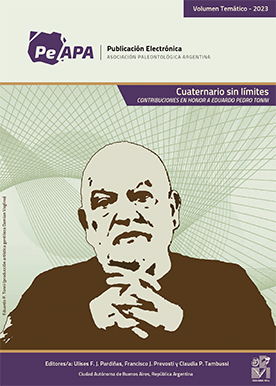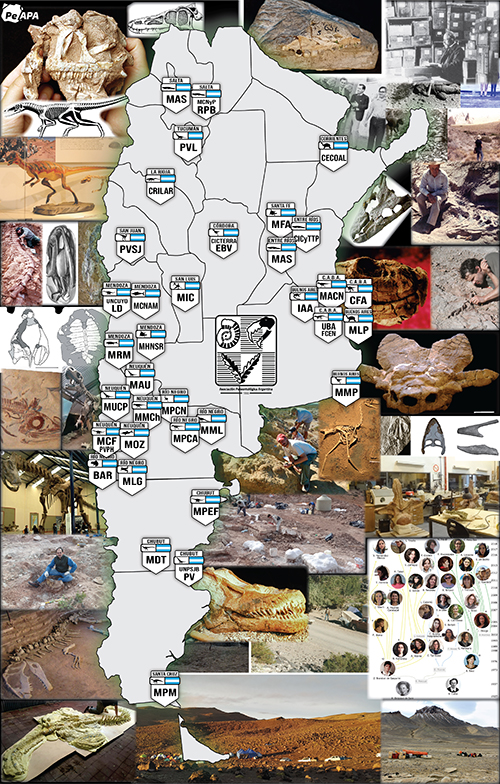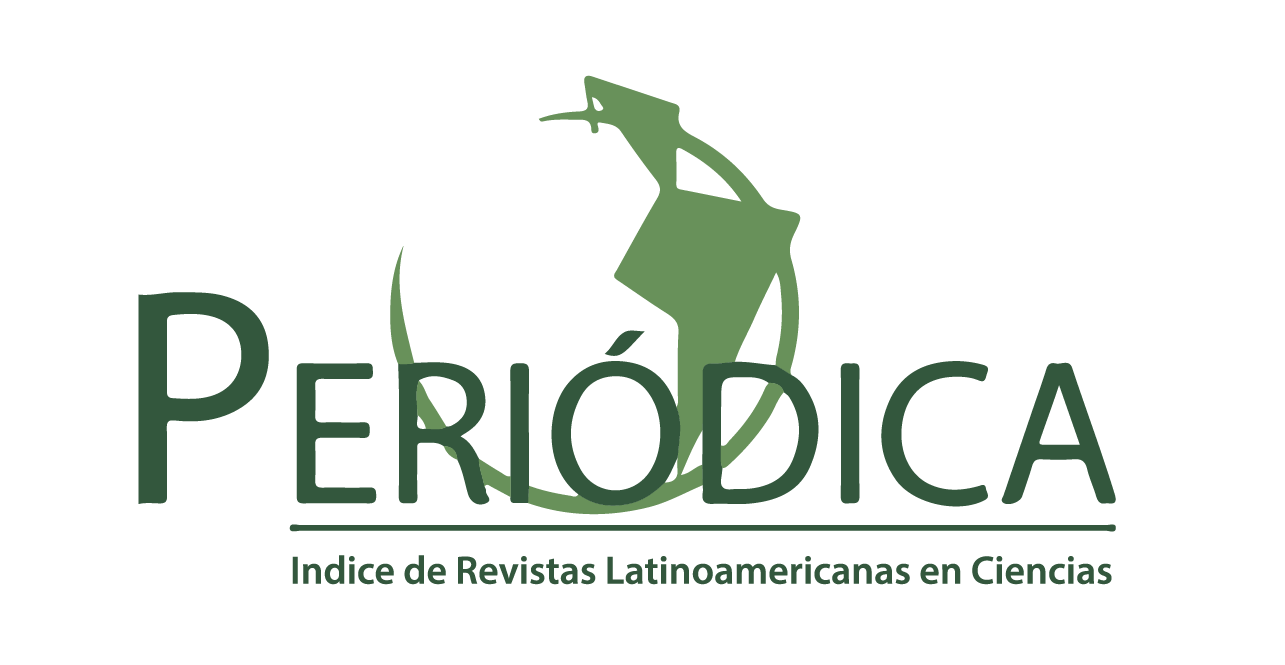HISTOLOGY OF DERMAL OSSIFICATIONS IN AN ANKYLOSAURIAN DINOSAUR FROM THE LATE CRETACEOUS OF ANTARCTICA
Abstract
Ankylosaurian remains from the Late Cretaceous (Campanian) Santa Marta Formation of the James Ross Island in the Antarctic Peninsula include several types of armour, the most abundant being tiny, button-like ossicles (less than 5 mm in diameter). An histological study of these small ossicles evidences an original tissue structure. We notice the very small amount of vascularization and of bone remodeling. Some structural aspects strongly suggest a direct (metaplastic) mineralization of the preexisting stratum compactum of the dermis. However, some contradictory evidences support instead the hypothesis of the structures originating de novo at the limit of the stratum compactum and stratum spongiosum of the dermis and experiencing further growth via neoplasy.
KEY WORDS. Ankylosauria. Late Cretaceous. Antarctica. Dermal armour. Histology.
Downloads
Published
Issue
Section
License

Authors retain copyright and grant the journal right of first publication with the work simultaneously licensed under a CC Attribution-NonCommercial 4.0 that allows others to share the work with an acknowledgement of the work's authorship and initial publication in this journal.






















